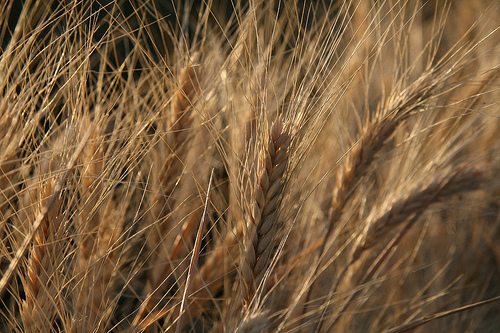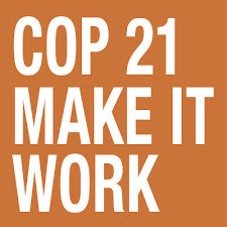

News
New Research Tool Demonstrates How Climate Action Shapes Risk Of Hunger – For Better Or Worse
A powerful online research tool launched today at the United Nations Climate Change Conference, COP21, offers a window on our global future to the 2080s. This research tool examines how over time climate change may increase hunger vulnerability across the globe. Depending on the outcome of Paris, future generations will inherit a world with less vulnerability than today, or a world significantly more vulnerable to food insecurity.
The Food Insecurity and Climate Change Vulnerability map, produced by the UN World Food Programme (WFP) and the Met Office Hadley Centre, illustrates how strong adaptation and mitigation efforts will prevent the worst impacts of climate change on hunger globally and help make people less vulnerable to food insecurity. But it also shows how failure to adapt along with increases in greenhouse gas emissions, could increase the vulnerability of millions of people to hunger and malnutrition.
In support of the recently adopted Agenda 2030, WFP ambitiously aims to end hunger by 2030. This analysis map demonstrates how climate change renders the task ever more difficult. To preserve the investment gains achieved during the next 15 years, after 2030 we must remain vigilant while continuing to fully fund adaptation.
“This map paints a stark picture of how climate disasters drive hunger. In Paris, we must decide between a future world where ending hunger is achievable – or one where we and every future generation continue this losing struggle responding to the scourge of global hunger,” said WFP Executive Director Ertharin Cousin.
“Helping vulnerable people adapt and build their resilience to climate related disruptions requires identifying sufficient and predictable funding, while simultaneously investing in a low carbon future,” Cousin said. “Only if leaders get it right in Paris will we end hunger by 2030 and provide future generations with the opportunity to enjoy sustainable and durable global food security.”
The map incorporates five years of research between WFP’s food security experts and world-renowned scientists from the Met Office Hadley Centre. It shows how climate change affects food security vulnerability in least developed countries today, and through sophisticated projections, the extent to which it will do so in the future, depending on climate action.
Users can select a time – present day, 2050s and 2080s – and view vulnerability to climate-induced hunger (low at white, high at deep red), according to adaptation efforts and levels of emissions.
“Our joint research shows how climate change can affect the scale and geography of food insecurity, and how adaptation and mitigation can address the challenges of future food insecurity in developing and least-developed countries,” said Kirsty Lewis, Climate Security Science Manager at the Met Office.
Climate disasters affect hungry and vulnerable people disproportionately. Such disasters increase hunger by destroying land, livestock, crops and food supplies, and make it harder for people to access markets and food networks. Even a minor weather event can quickly escalate into a food crises for vulnerable households.
Key Findings of the Food Insecurity and Climate Change Index:
– Today the highest levels of vulnerability to climate-related food insecurity are in sub-Saharan Africa, medium levels across much of Asia, and lower levels in South and Central America.
– Millions of people will face greater vulnerability to food insecurity by the 2050s irrespective of greenhouse gas emissions. This is because ‘inertia in the climate system’ (a delayed response of warming from previous emissions) means that we are committed to some level of climate change in the next few decades. However, it also shows that much of the associated increase in vulnerability to food insecurity can be offset by adaptation.
– If there is a rapid and sustained reduction in future emissions, then vulnerability to food insecurity remains steady after the 2050s to the 2080s; and with adaptation, improvements can be made to the present-day situation.
– However, if there are considerable future increases in emissions, then vulnerability to food insecurity will continue to increase from the 2050s. Although adaptation measures can limit this deterioration, the situation by the 2080s could still be worse than the present day.
How the Index works
The index measures how vulnerable a country’s food security system is to the negative impacts of weather and climate. With present day values as a baseline, it uses climate model projections and scenarios of socio-economic improvements to compare the benefits of mitigation and adaptation on the scale and geography of food insecurity. Vulnerability is computed at a country level and is broken down into three components: exposure to climate-related hazards, sensitivity of the food system to climate-related hazards, and adaptive capacity or the ability to adapt to climate-related hazards.


























